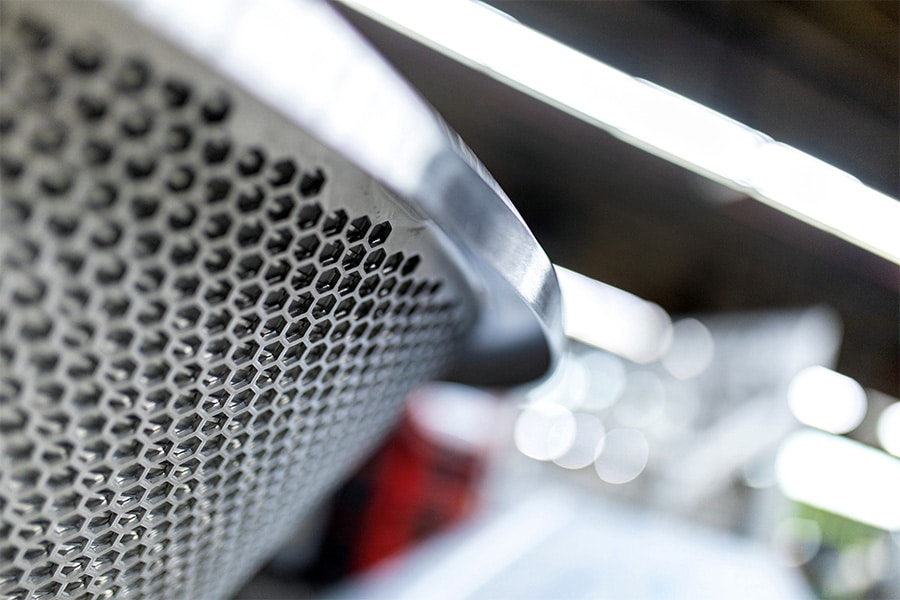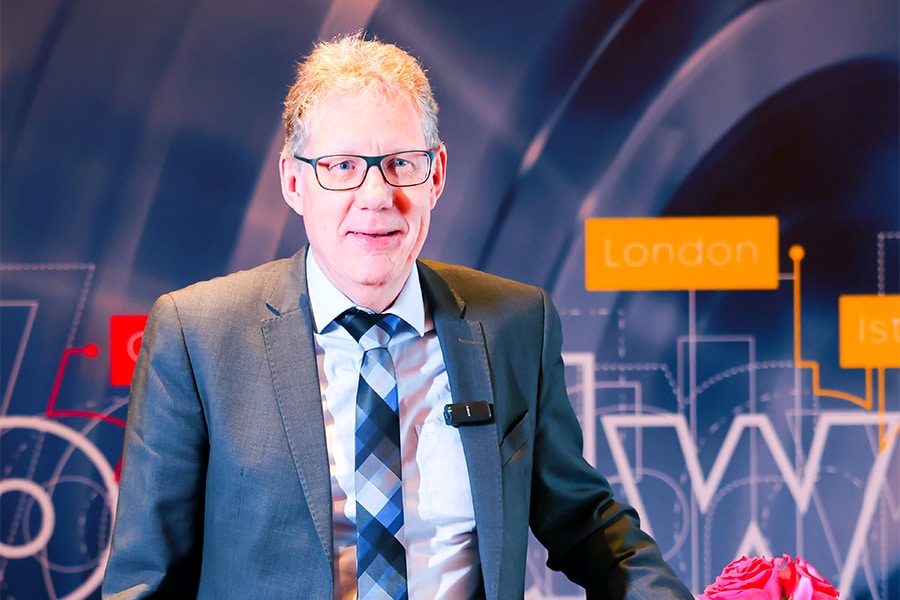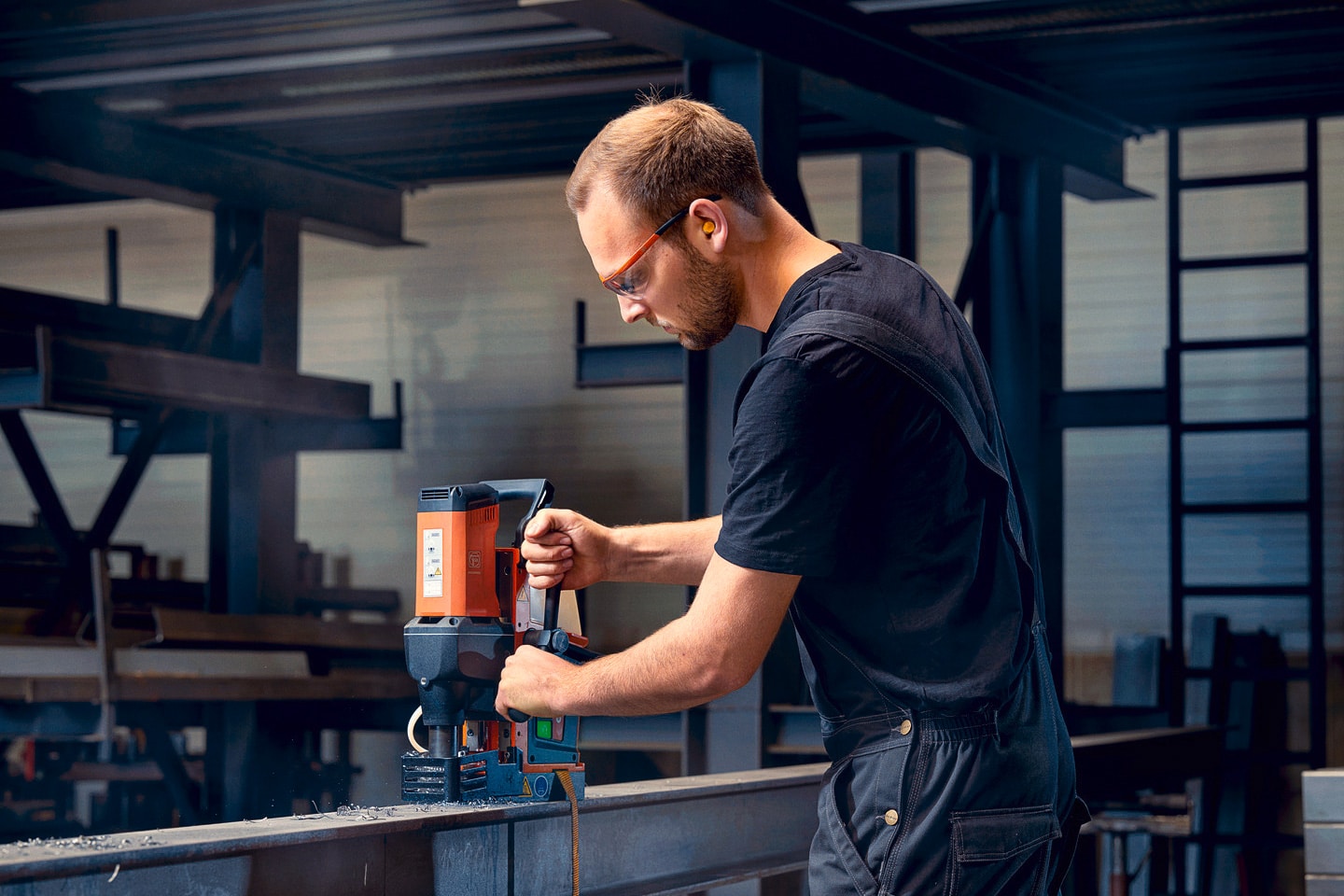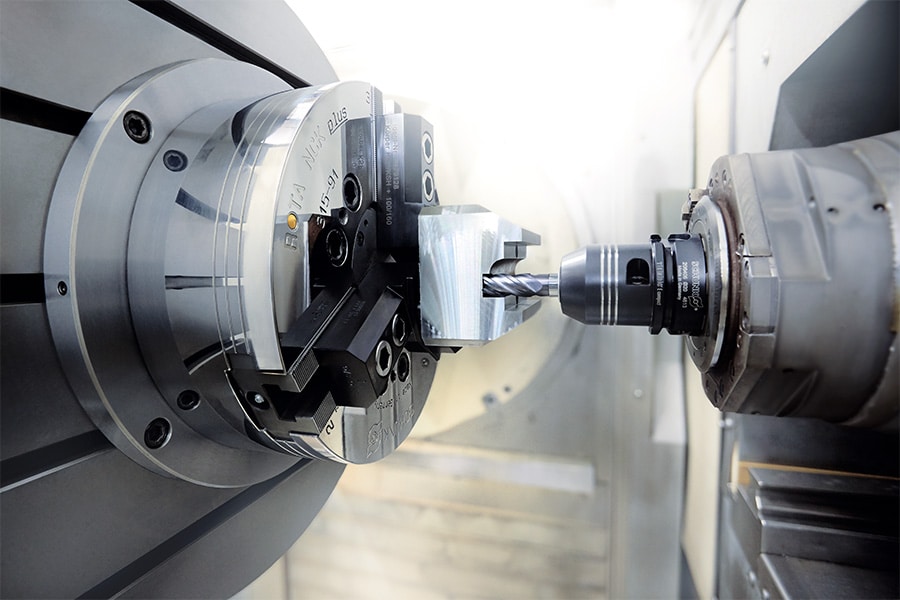For example, to improve the turning process, one can adopt an advanced technique such as vibration-assisted turning. By imparting vibration to the cutting tool or workpiece and applying a lower amplitude, superior mechanical properties can be obtained. But how exactly does it work, and when can it be beneficial to integrate it into your turning process as well?
Conventional turning of hard alloys will result in high cutting temperatures and cutting forces, which can result in faster wear of cutting tools. In addition, surface quality and dimensional accuracy may be poor due to the low thermal conductivity and higher toughness of such materials. To avoid these problems with brittle materials, optical parts or alloys of inconel or titanium, vibration-assisted turning has already proven its worth. Therefore, with the increasing demand for more precision parts in brittle materials, one will have to look more and more in that direction.

How does it work?
Vibration-assisted turning is an advanced machining technique to apply vibration in a controlled manner in machining movements. The goal is to improve surface quality, increase the accuracy of the part being machined and extend tool life. To this end, low vibration amplitude and high vibration frequency will be used to turn difficult-to-cut materials. A distinction is made between resonant (over 20 kHz, amplitude 1 - 10 µm) and non-resonant systems (1 - 40 kHz, amplitude up to 100 µm). The former are preferable because they are easier to control according to the desired result. In vibration-assisted turning, the cutting quality depends mainly on the contact ratio between the tool and the workpiece and the relative speed of the tool. The contact ratio is in turn determined by the cutting speed, vibration frequency and vibration amplitude of the tool. The workpiece continues to rotate at a constant cutting speed, while the cutting tool oscillates at an ultrasonic frequency with a small vibration amplitude.
Challenges
The benefits that vibration-assisted turning can bring are many and have already been proven in practice. However, the challenge lies in introducing and controlling the process, especially the thermal behavior of the tool and workpiece and the changing vibration frequency and amplitude. Designing and calculating exactly what is needed to achieve a stable process takes labor and time. Some years ago, the Fraunhofer IPT from Aachen therefore already introduced an ultrasonic supported system for turning. The starting point is a new method for significantly shortening the design and calculating the amplitude of moving parts quickly and automatically. The prototype served for high-precision turning of free-form surfaces on steel and class with monocrystalline diamond tools. But it is clear that scientific research will still need to be conducted around this.
Conclusion
When one gets these elements under control, then customized tools, toolholders and cutting parameters will follow, and vibration-assisted turning will gain a wider acceptance on the shop floor. Especially the improvement in integrity of the surface to be machined, the larger machining quantities and the reduction of tool wear and cutting time make it an interesting option for a wide range of applications in machining. ■
When can vibration-assisted turning provide relief?
For example, to improve the turning process, one can adopt an advanced technique such as vibration-assisted turning. By imparting vibration to the cutting tool or workpiece and applying a lower amplitude, superior mechanical properties can be obtained. But how exactly does it work, and when can it be beneficial to integrate it into your turning process as well?
Conventional turning of hard alloys will result in high cutting temperatures and cutting forces, which can result in faster wear of cutting tools. In addition, surface quality and dimensional accuracy may be poor due to the low thermal conductivity and higher toughness of such materials. To avoid these problems with brittle materials, optical parts or alloys of inconel or titanium, vibration-assisted turning has already proven its worth. Therefore, with the increasing demand for more precision parts in brittle materials, one will have to look more and more in that direction.

How does it work?
Vibration-assisted turning is an advanced machining technique to apply vibration in a controlled manner in machining movements. The goal is to improve surface quality, increase the accuracy of the part being machined and extend tool life. To this end, low vibration amplitude and high vibration frequency will be used to turn difficult-to-cut materials. A distinction is made between resonant (over 20 kHz, amplitude 1 - 10 µm) and non-resonant systems (1 - 40 kHz, amplitude up to 100 µm). The former are preferable because they are easier to control according to the desired result. In vibration-assisted turning, the cutting quality depends mainly on the contact ratio between the tool and the workpiece and the relative speed of the tool. The contact ratio is in turn determined by the cutting speed, vibration frequency and vibration amplitude of the tool. The workpiece continues to rotate at a constant cutting speed, while the cutting tool oscillates at an ultrasonic frequency with a small vibration amplitude.
Challenges
The benefits that vibration-assisted turning can bring are many and have already been proven in practice. However, the challenge lies in introducing and controlling the process, especially the thermal behavior of the tool and workpiece and the changing vibration frequency and amplitude. Designing and calculating exactly what is needed to achieve a stable process takes labor and time. Some years ago, the Fraunhofer IPT from Aachen therefore already introduced an ultrasonic supported system for turning. The starting point is a new method for significantly shortening the design and calculating the amplitude of moving parts quickly and automatically. The prototype served for high-precision turning of free-form surfaces on steel and class with monocrystalline diamond tools. But it is clear that scientific research will still need to be conducted around this.
Conclusion
When one gets these elements under control, then customized tools, toolholders and cutting parameters will follow, and vibration-assisted turning will gain a wider acceptance on the shop floor. Especially the improvement in integrity of the surface to be machined, the larger machining quantities and the reduction of tool wear and cutting time make it an interesting option for a wide range of applications in machining. ■



